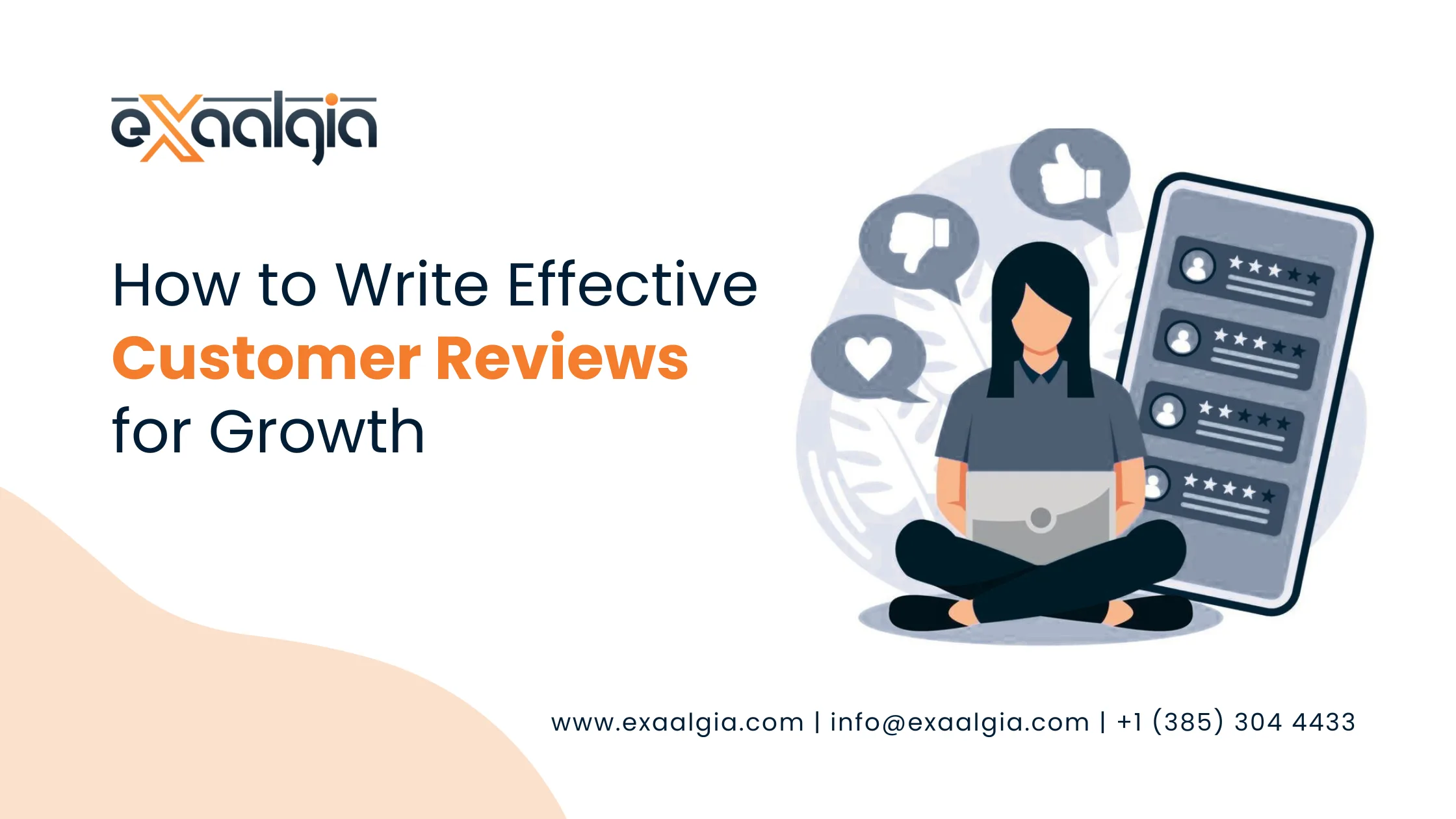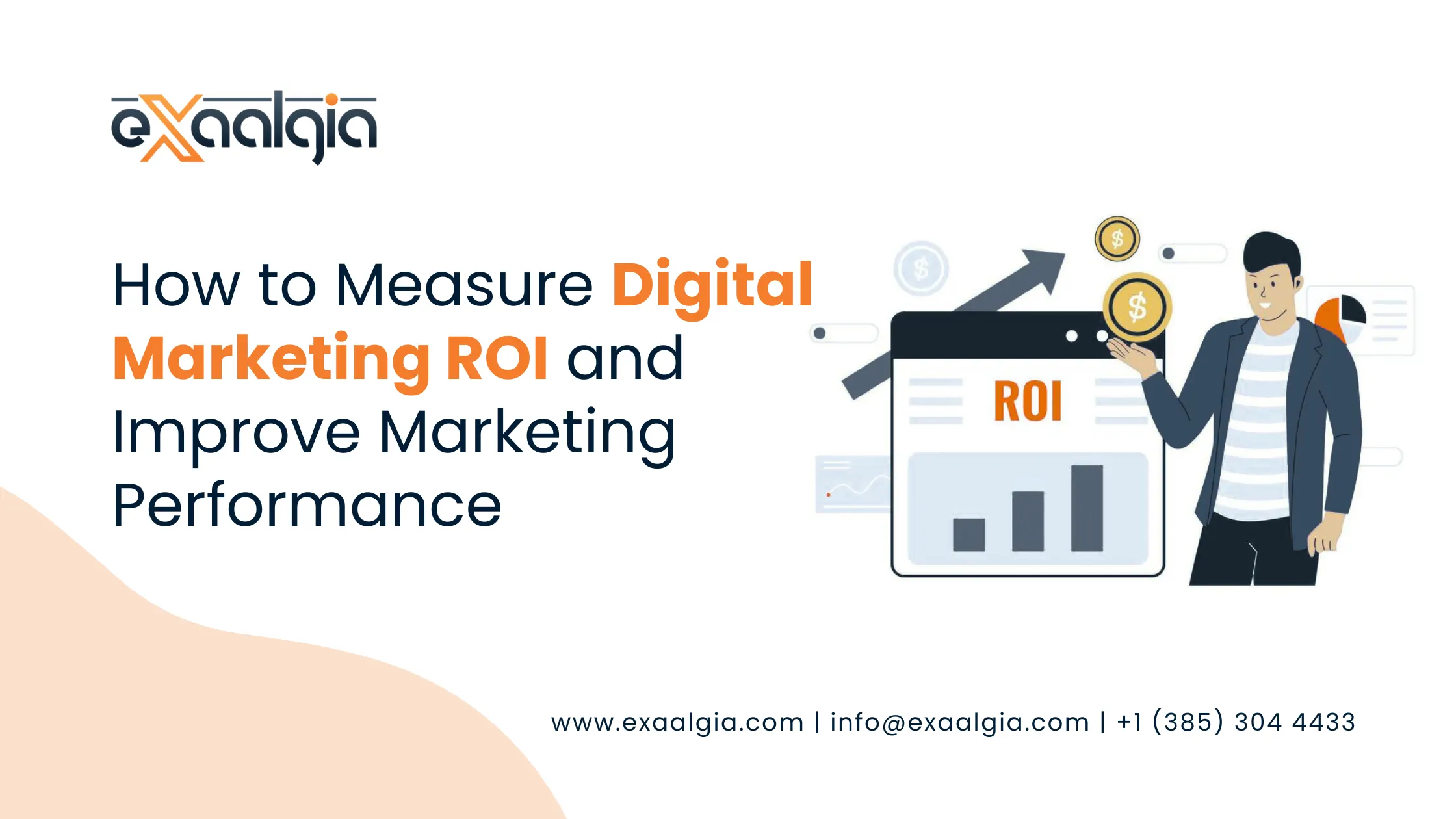If you’re sitting there wondering, “Is this actually doing anything for my brand?” — you’re not alone. Measuring the success of blogger outreach can feel a bit fuzzy at first. But the truth is, with the right strategy, tools, and a clear set of goals, you can track the results and make smarter decisions moving forward.
In this guide, we’ll walk you through everything you need to know to evaluate whether your blogger outreach is working, without the fluff. From tracking traffic and conversions to gauging SEO value and building long-term blogger relationships, we’ve got you covered.
Why It’s Important to Track Your Outreach
Partnering with bloggers isn’t just about hoping for the best. It’s a marketing investment — and like any investment, you need to know what you’re getting in return.
Here’s why tracking matters:
- You’ll see what’s actually working — Are your efforts leading to clicks, conversations, or conversions?
- You can identify your top-performing partners — so you know who’s worth collaborating with again.
- You’ll improve future campaigns — Knowing what works (and what doesn’t) helps you optimize.
- You can prove ROI — especially helpful if you’re reporting back to a boss or team.
- You’ll build better partnerships — strong data leads to stronger relationships with the right bloggers.
What Metrics Should You Track?
Let’s keep it simple. You don’t need to measure everything — just focus on the numbers that align with your campaign goals. Whether you’re aiming for more traffic, leads, sales, or brand awareness, here’s what you should be looking at.
1. Website Traffic
Did the blogger drive people to your site? That’s step one. Here’s how to dig into that:
- Click-Throughs: Use UTM links (basically, tracking tags) in Google Analytics to see how many visitors came from each blogger.
- Page Views: See what content people explored after arriving. Did they stick around?
- Bounce Rate: If they left quickly, something might be off. Under 50% is ideal.
- Time on Site: A longer visit means more interest — always a good sign.
Lesson learned: One time, we linked to a plain “About Us” page and saw everyone leave in seconds. Now we make sure links lead to juicy landing pages or popular products.
2. Engagement
This is all about the vibes. Are people reacting, commenting, or asking questions?
- On Social: Check for likes, shares, comments, and reposts on the blogger’s content.
- On the Blog: Look for comments and shares on the actual post.
- Sentiment: Take the time to read comments. Are people excited? Skeptical? Curious?
A fitness blogger once posted about our product and got 1,500 likes — and more importantly, comments like “Where can I buy this?” That’s the kind of energy you want.
3. Conversions
Traffic and engagement are great, but do they lead to action?
- Lead Signups: Use tools like HubSpot to track signups for newsletters, freebies, or trials.
- Sales: Promo codes or affiliate links make it easy to tie purchases to each blogger.
- CTR (Click-Through Rate): A 2%+ CTR is generally a solid result.
Pro Tip: Offer a discount code like “SAVE10” — it encourages conversions and helps you track where the sale came from.
4. Brand Awareness
Not everything shows up in your sales report. Some wins are about getting your brand out there.
- Reach & Impressions: How many people saw the post? Tools like Upfluence and Instagram Insights help here.
- Mentions: Use tools like Brand24 to find blog and social media mentions.
- Share of Voice: How do you stack up against your competitors in the conversation?
A travel blogger mentioned our backpack, and the post reached 40,000 people. We also saw 200 new brand mentions pop up on social media. That’s some serious exposure.
5. SEO Value
This part’s often overlooked, but it can pay off for months (or years) down the road.
- Backlinks: Did the blog include a link to your website? Are those links from high-quality sites?
- Domain Authority: Use SEMrush or Ahrefs to check if those backlinks are helping your site’s SEO strength.
- Keyword Boosts: Are your target keywords moving up in search rankings after the campaign?
Want the best results? Partner with bloggers who have a Domain Authority of 30 or higher.
6. Relationship Quality
This isn’t just about numbers — it’s also about building real, human connections.
- Was the Blogger Happy? A quick follow-up or thank-you message can give you a sense.
- Would They Work With You Again? If they’re excited to collaborate again, it’s a great sign.
- Do Their Readers Trust Them? When readers trust the blogger, your brand benefits from that credibility.
One of our best campaigns started with a one-off blog post. The blogger loved the product and ended up pitching us a six-month partnership — and her audience kept buying for months.
Your Simple Plan to Track It All
Want to keep things organized and easy to follow? Here’s a straightforward roadmap:
- Set Clear Goals
→ Example: “Get 2,000 visitors and 50 sales in 30 days.” - Use the Right Tools
- Google Analytics (website traffic, behavior)
- SEMrush/Ahrefs (SEO and backlinks)
- Hootsuite or Sprout Social (social engagement)
- BuzzSumo (blog post performance)
- Brand24 (mentions and brand awareness)
- Track Each Blogger
→ Use UTM links or promo codes (e.g., “BLOGGER10”) to attribute performance. - Check Mid-Campaign
→ Don’t wait until the end to look at results. Fix anything broken in real time. - Compare Results
→ Which bloggers sent the most traffic? Who drove the most engagement or sales? - Calculate ROI
→ Use this formula:
(Earnings – Costs) / Costs x 100
Example: Spent $1,500, made $4,000 = 166% ROI - Get Feedback
→ Review blog comments, social posts, and chat with the blogger about how it went.
Common Challenges & Quick Fixes
| Problem | Quick Fix |
| Don’t know which blogger drove a sale | Use unique links or discount codes |
| No immediate results | Track performance over several months |
| Blogger won’t share post data | Request screenshots or use BuzzSumo |
| Lots of engagement but no sales | Revisit your landing page and CTA |
Wrapping Up
Blogger outreach can be an incredible asset to your marketing — if you know how to measure it. By setting clear goals, tracking the right metrics, and using simple tools like UTM links and promo codes, you’ll get a full picture of what’s working and where to improve.
It’s not just about numbers, either. Real success comes from building genuine relationships, earning audience trust, and turning one-time posts into long-term partnerships.
Need help building and tracking an impactful blogger outreach strategy?
Partner with Exaalgia — we help brands like yours create campaigns that drive traffic, boost sales, and grow your online presence in a real, measurable way.
FAQs
Q1: How soon will I see results?
Social engagement and traffic can be immediate, but SEO and awareness gains may take weeks or months to show full impact.
Q2: What’s a good conversion rate for a blogger campaign?
A 2–5% conversion rate is a strong benchmark, though it depends on your industry and offer.
Q3: Do I need to work with big bloggers to see results?
Not at all. Micro-influencers often have stronger engagement and better conversion rates.
Q4: What if I can’t get stats from the blogger?
Use tools like BuzzSumo or ask for screenshots. Always clarify expectations beforehand.
Q5: Can blogger outreach help my SEO?
Yes, especially when blogs include backlinks from reputable, high-authority sites.







